Symbols used in drawings
Cuts, scores and slits

Contours or erected cases Cutting lines of case blanks

Slotted cuts

Crease lines (inward bend)

Crease fines (outward bend)

Slit-score lines

Double score lines

Perforation lines

Soft edge cutting lines
Manufacturer's joint

Stitched joint. Letter abbreviation S

Taped joint. Letter abbreviation T

Glued joint. Letter abbreviation G
Outline drawings of case blanks - a lap section is indicated for stitched or glued manufacturer's joints, it is omitted for taped joints which butt.
Openings

Handholds stripped. Type P

Handholds non-stripped. Type U
Description of basic type groups (The terms Box and Case are interchangeable in the context of these descriptions.)
02 - Slotted-type boxes consist of basically one piece with a stitched, taped or glued manufacturer's joint and top and bottom flaps. They are shipped flat, ready to use and require closing using the flaps provided.
03 - Telescope-type boxes consist of more than one piece and are characterized by a lid and/or bottom telescoping over the body of the box.
04 - Folder-type boxes usually consist of only one piece of board. The bottom of the box is hinged to form two or all side walls and the cover. The boxes can be set up without stitching or taping. Locking tabs, handles, display panels etc., can be incorporated in the design.
05 - Slide-type boxes consist of several pieces of liners and sleeves sliding in different directions into each other. This group also includes outside sleeves for other cases.
06 - Rigid-type boxes consist of two separate end pieces and a body and require stitching or a similar operation before they can be used.
07 - Ready-glued cases consist of basically one piece, are shipped flat and ready to use by simple setting up.
09 - Interior fitments such as inside liners, pads, partitions, dividers, etc.
Closure of the boxes
Correct and effective closure of the packages is as important as the package construction itself. The package is not satisfactory if it cannot be closed so that the closures and joints are at least as strong as the other parts. As regards shipping containers, the following methods of closure are possible either singly or in combination.
Gummed paper tape
Self adhesive tape
Staples or stitches
Glue
Twines and banding
Diecut locks
Where tapes are used, an effective method should be employed to ensure full and adequate adhesion.
The FEFCO codes were never set out to illustrate flute direction, to dictate where the true internal dimension on some of the styles were taken, but admirably served to identify basic designs of cases. To aid the user, some of the more popular FEFCO codes are illustrated with the most common flute direction shown. This does not mean that a flute direction opposite to the one illustrated is not valid in some instances.
FEFCO codes are an international standard. The format of the codes is:
XXXX / XXXX
For a normal 0200 series case the first part of the code represents the top flap's style and the second part of the code represents the bottom flap's style. So, a case with 0201 type top flaps and 0203 type bottom flaps would be written as:
0201 / 0203
Hand Holes
There are two styles of hand-hole: Fully stripped out or punched out, which is signified by a "P" on the enquiry and Hinged-hand-holes, which have a crease at their top. These are signified on the enquiry by a "U".
Manufacturer's Joint
The manufacturer's joint may be either Glued (identified as G), Wire Stitched (identified as S) or Taped (identified as T) .
Specification of Designs
All drawings and packs shown in this file are viewed on the Inside facing. The panels of 0200 series cases are always numbered 1, 2, 3 and 4, starting from the flange side.
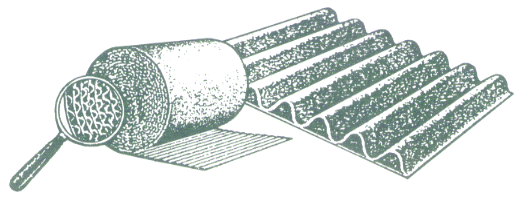
0100
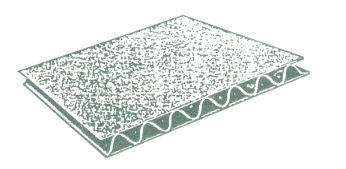
0110
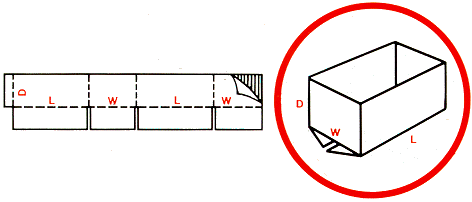
0200
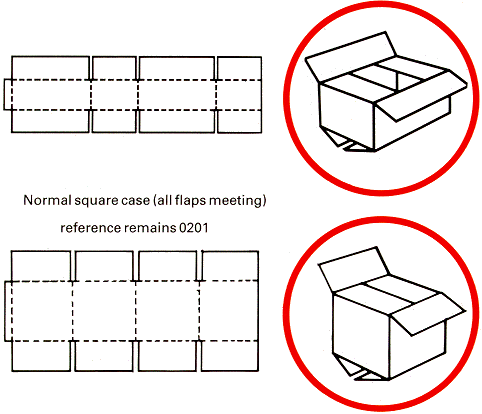
0201
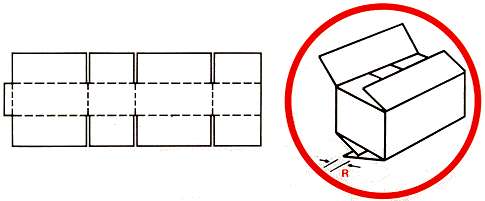
0202
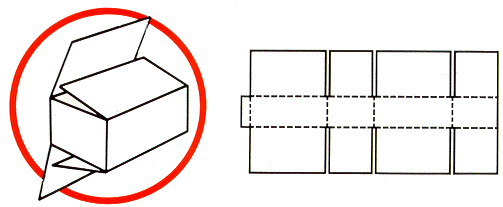
0203
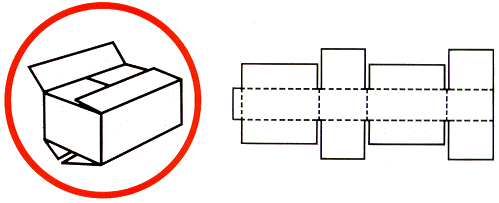
0204
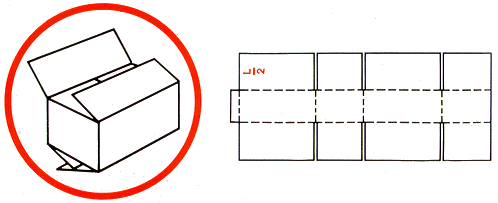
0205
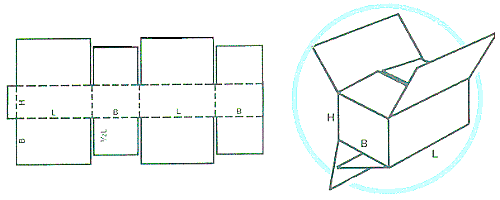
0206
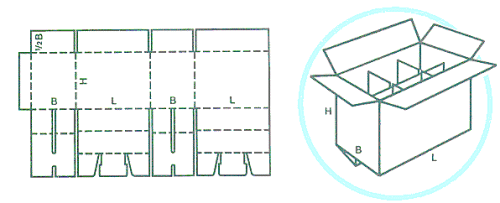
0207
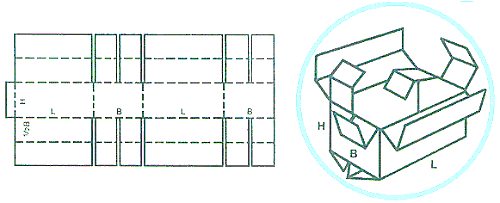
0208
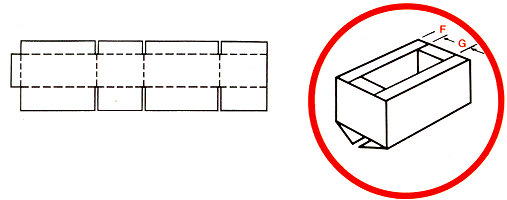
0209
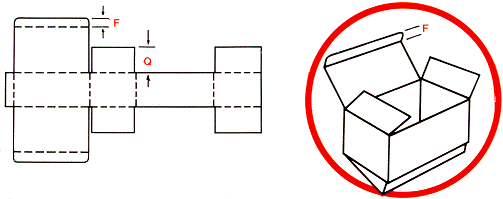
0210
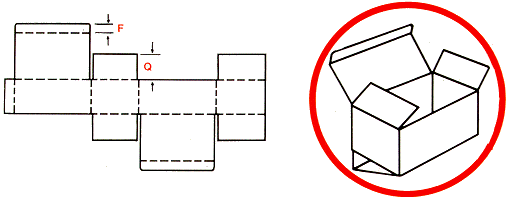
0211
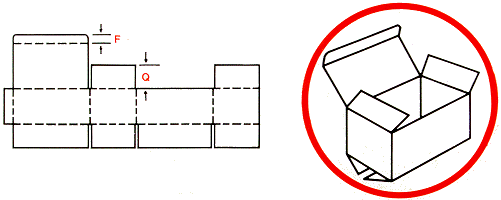
0212
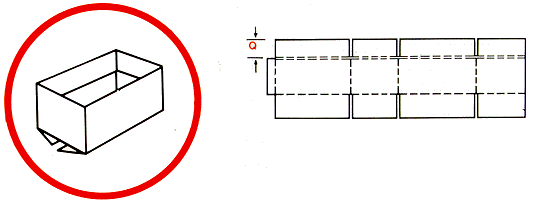
0214
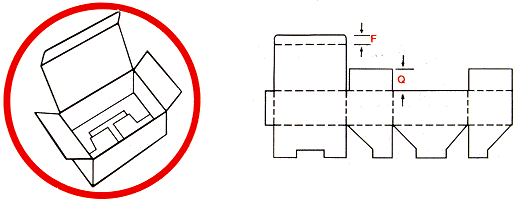
0215
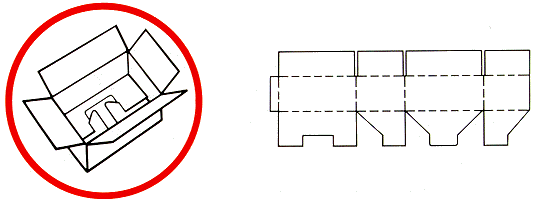
0216
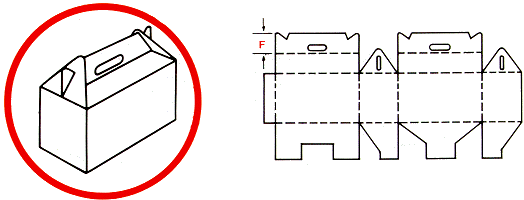
0217
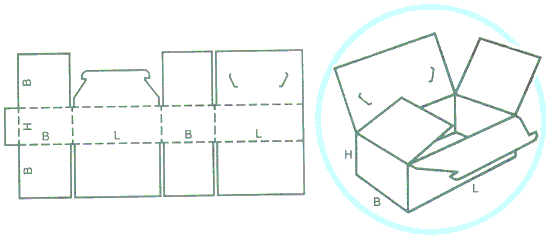
0218
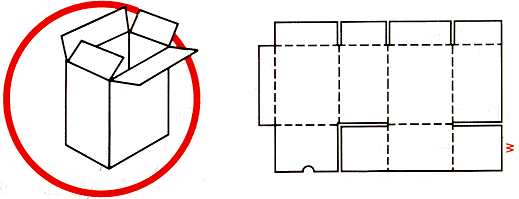
0225
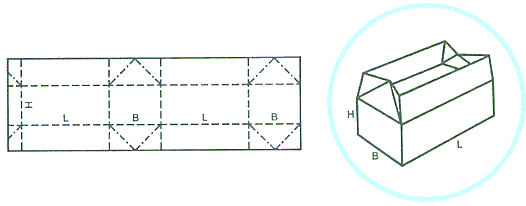
0226
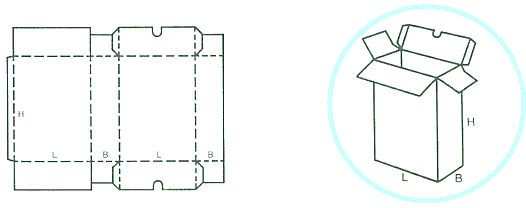
0227
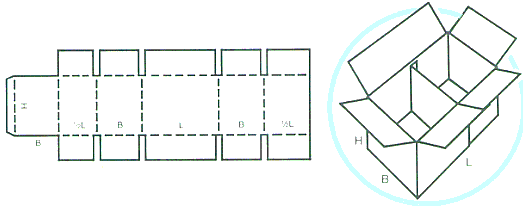
0228
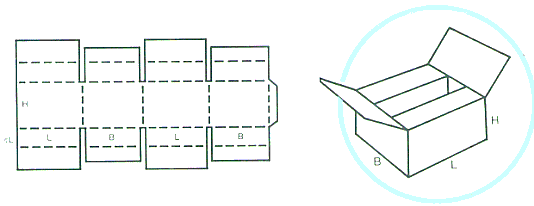
0229
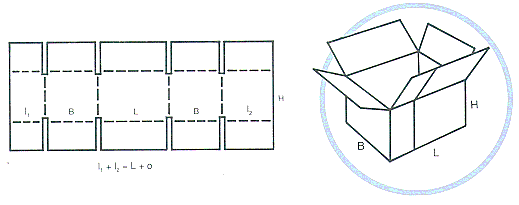
0230

0231
This page shows common tray designs, frequently produced on a Printer-Slotter, rather than by die-cutting. These designs are often referred to by their box and lid FEFCO designation, rather than the newer 045x numbers, even though only a tray is required. i.e. it is not uncommon for a specification to call for an "0300 Tray", rather than 0452.
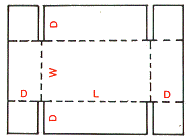
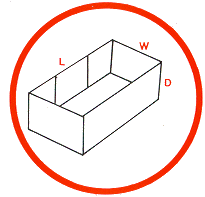
0300 / 0452
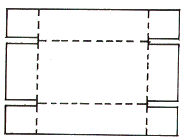
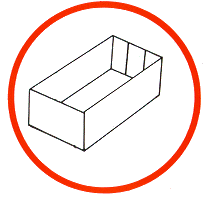
0301 / 0453
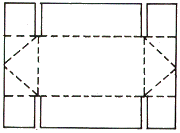

Usually delivered as pre-glued or stitched blanks, ready for use by customer.
0303 / 0451
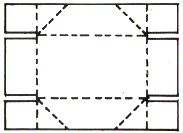

Usually delivered as pre-glued or stitched blanks, ready for use by customer.
0450
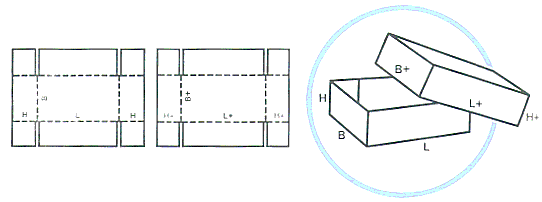
0300
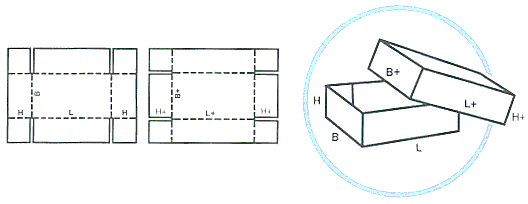
0301
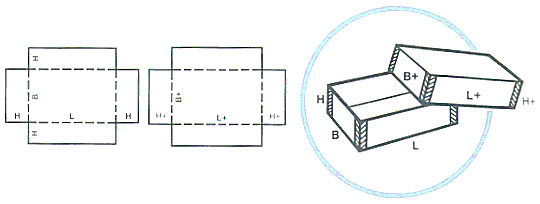
0302
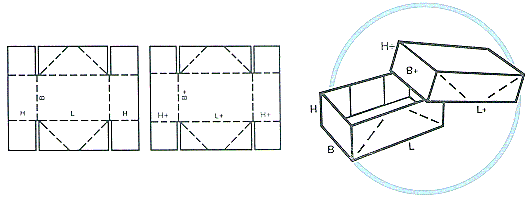
0303
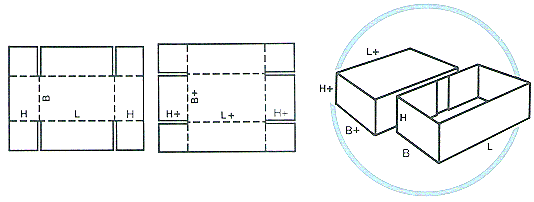
0304

0305

0306
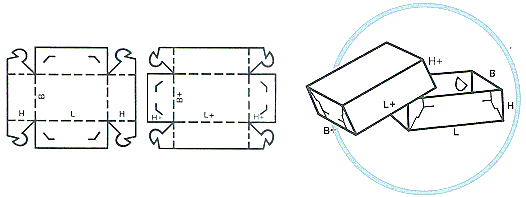
0307
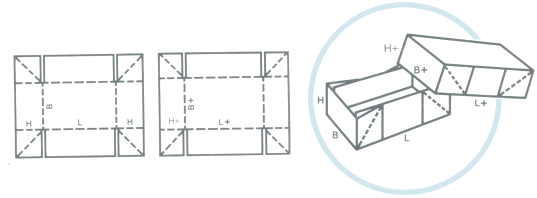
0308
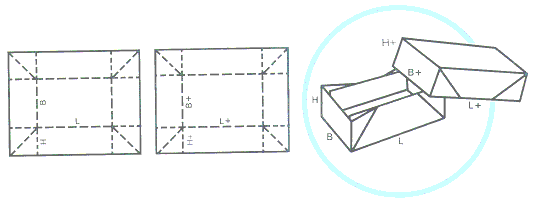
0309
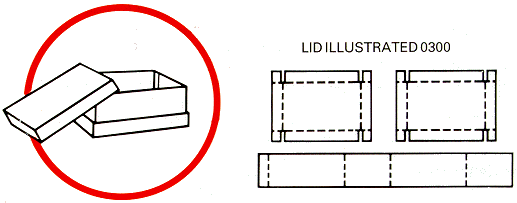
0310
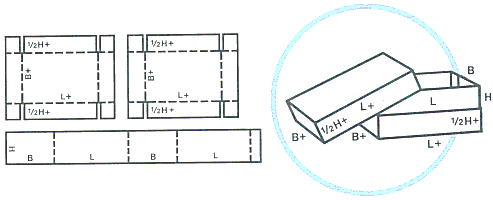
0311
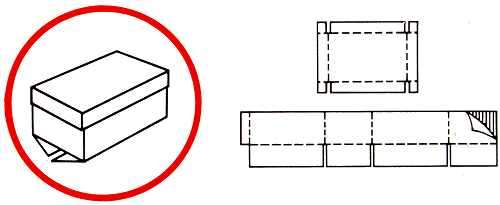
0312
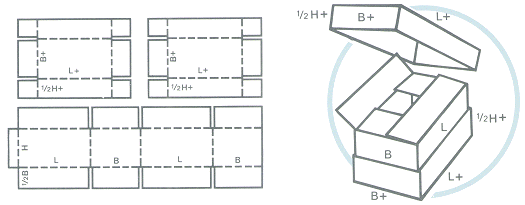
0313
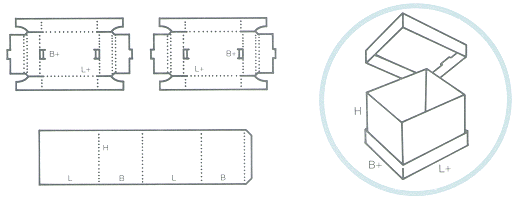
0314
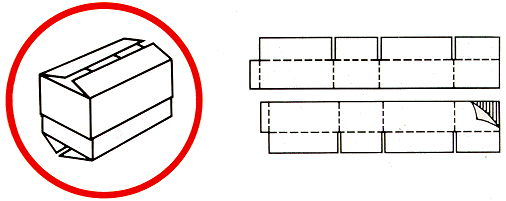
0320
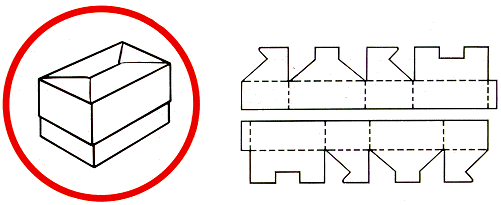
0321

0322

0323
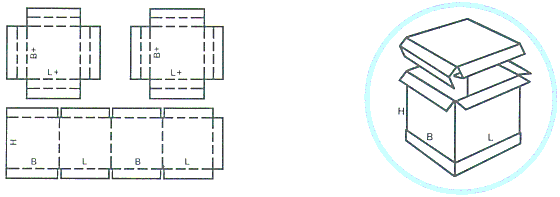
0325
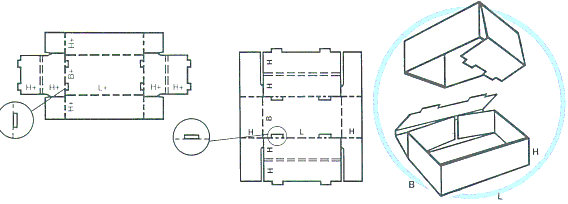
0330
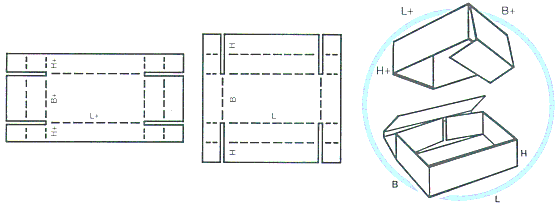
0331
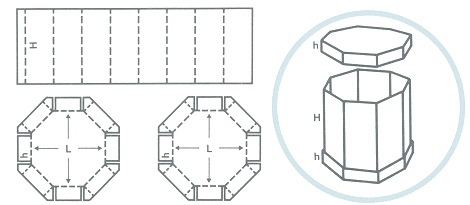
0350
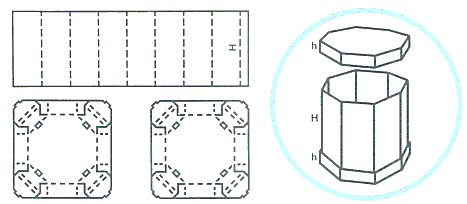
0351
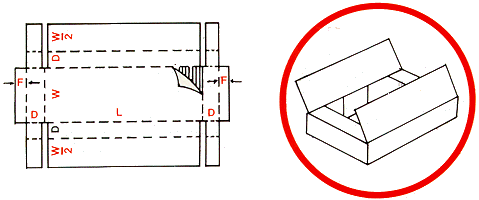
0400-01
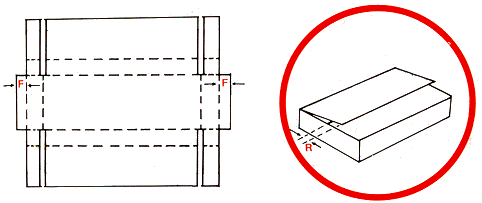
0400-02
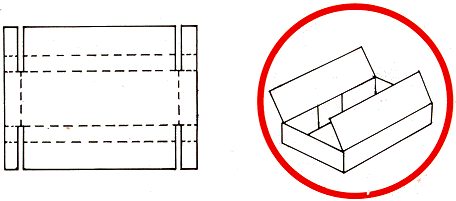
0400-03
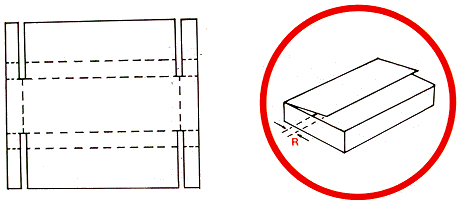
0400-04

0401-00
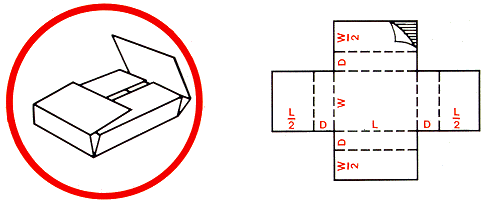
0402-00
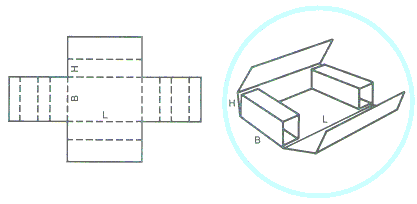
0403
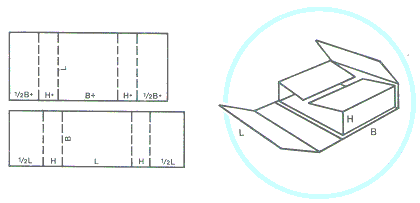
0404
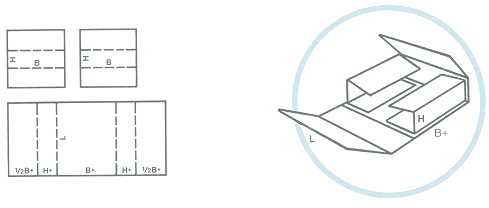
0405
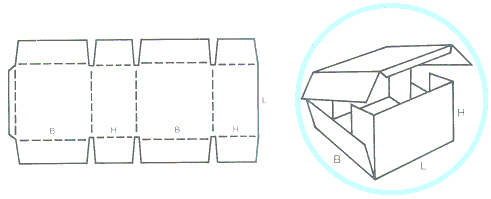
0406
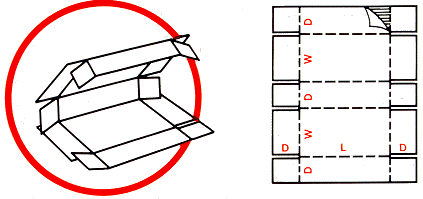
0409-01
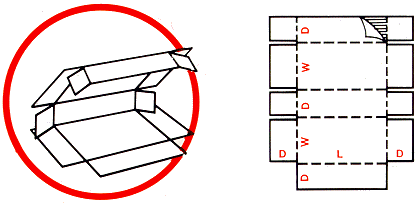
0410
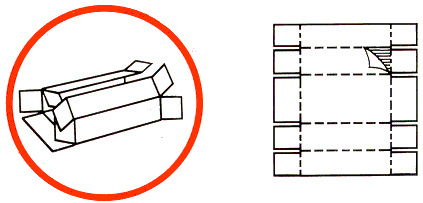
0411
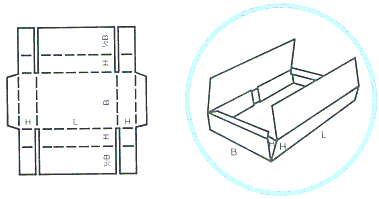
0412
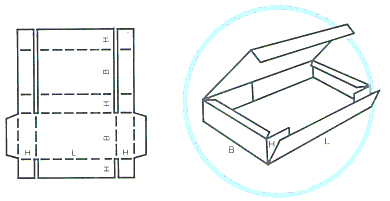
0413
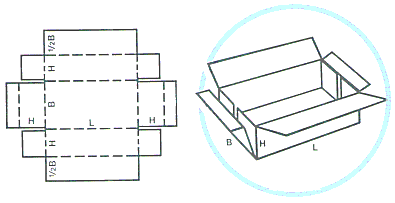
0415
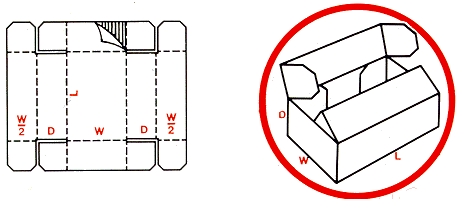
0416
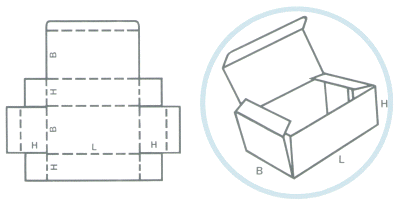
0420
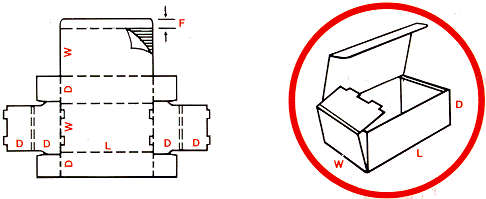
0421
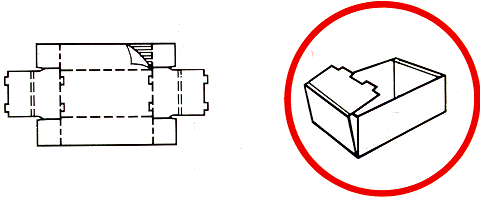
0422
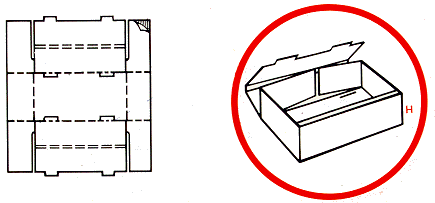
0423
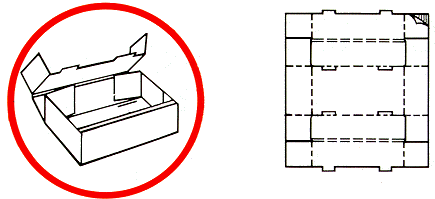
0424
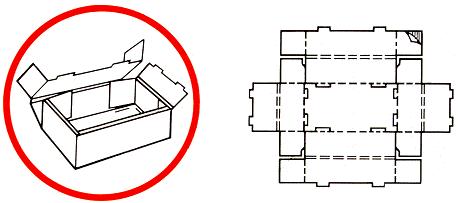
0425
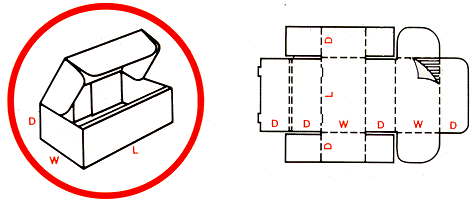
0426
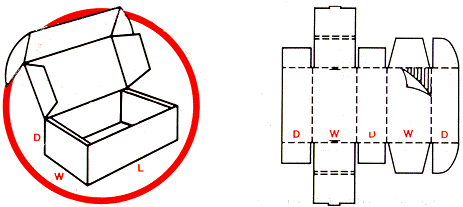
0427
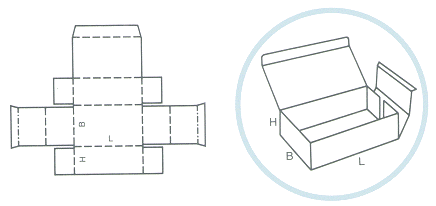
0428
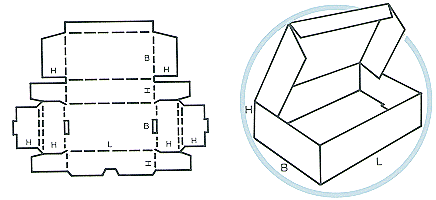
0429

0430
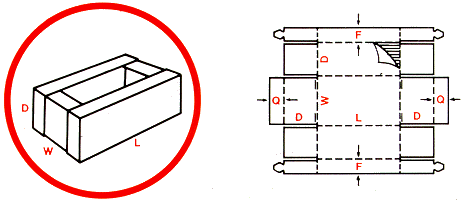
0431
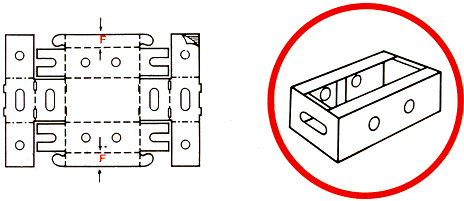
0432
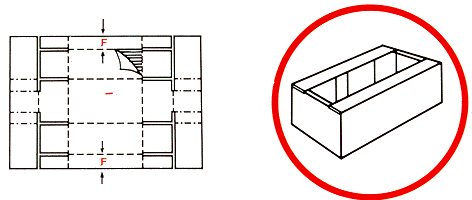
0433
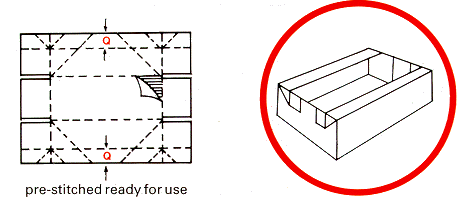
0434
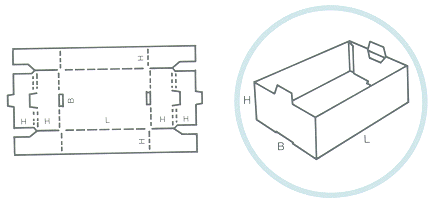
0435
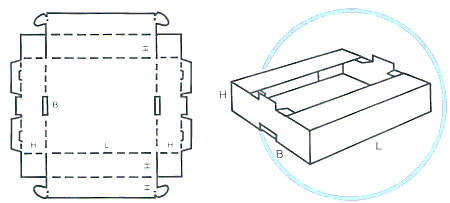
0436
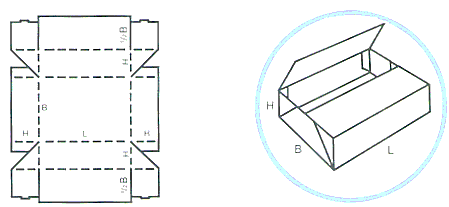
0437
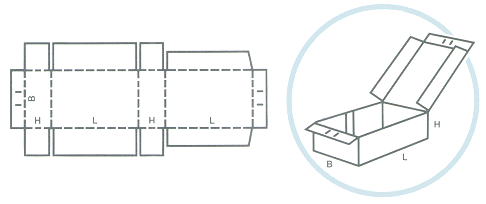
0440
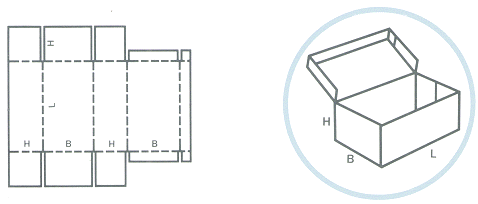
0441
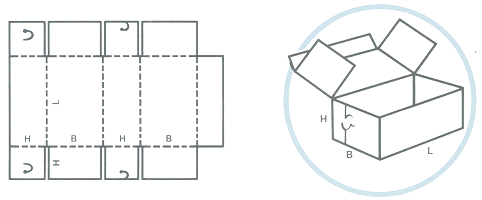
0442
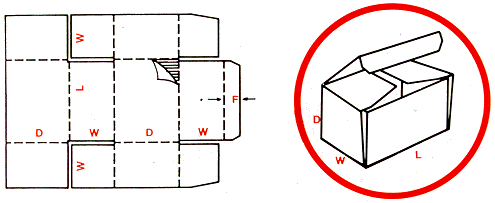
0443
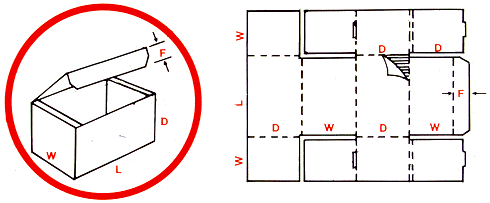
0443
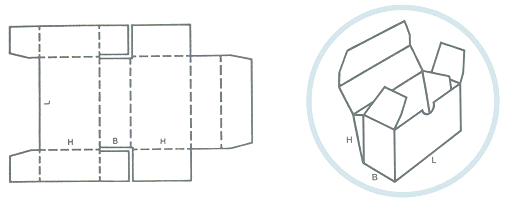
0444
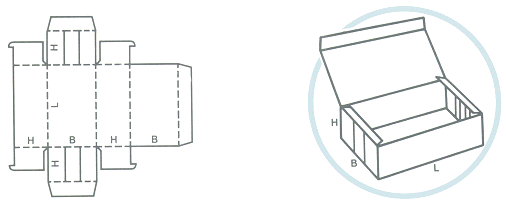
0445
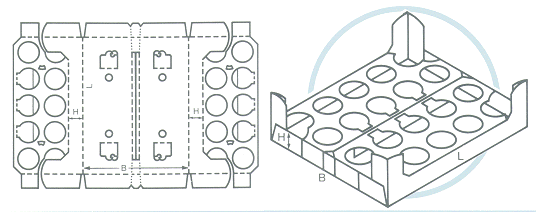
0446
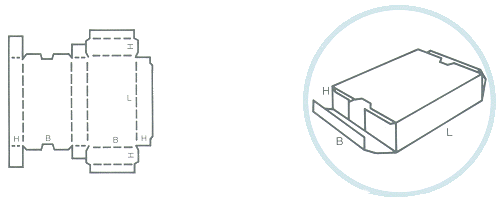
0447

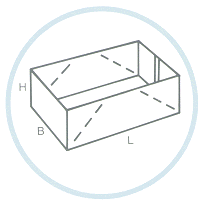
0450
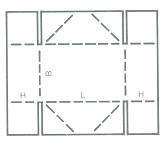
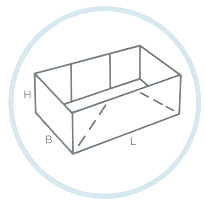
0451


0452


0453
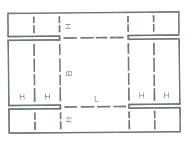

0454
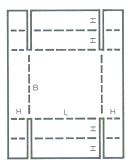
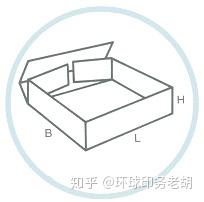
0455

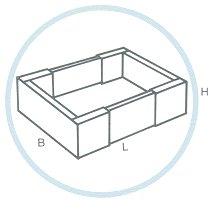
0456
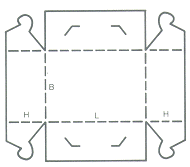
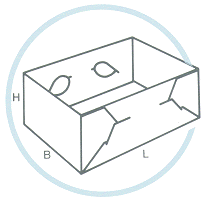
0457
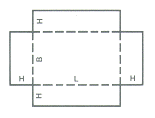
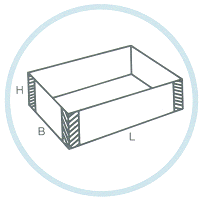
0458
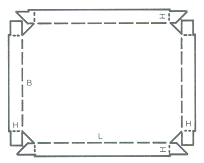
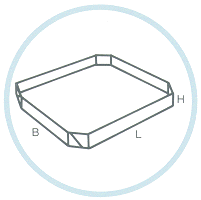
0459
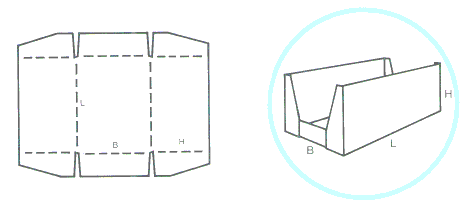
0460

0470
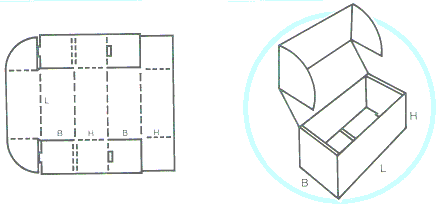
0471
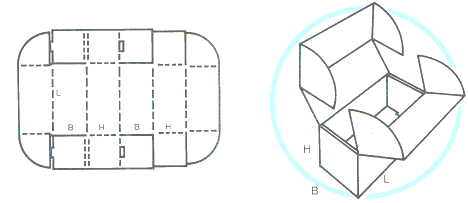
0472
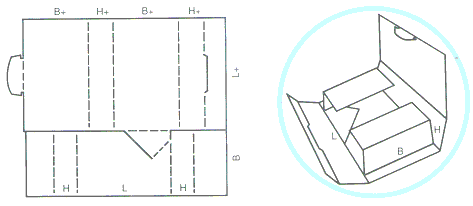
0473
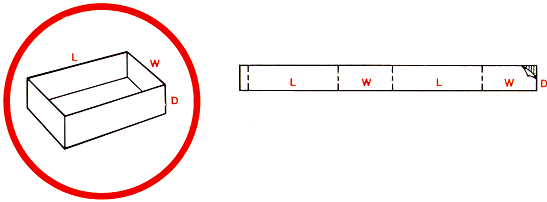
0501
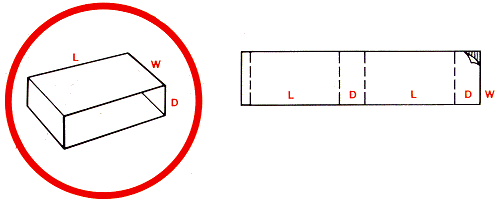
0502
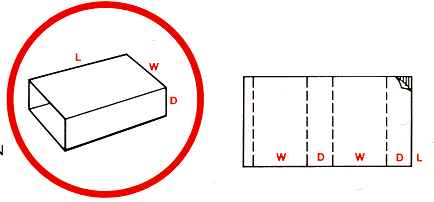
0503
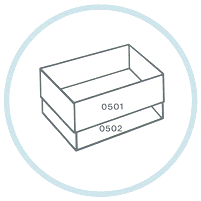
0504
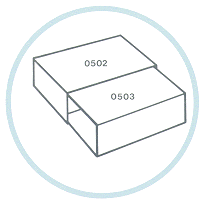
0505
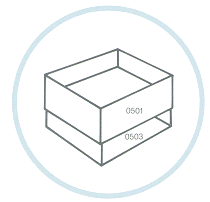
0507
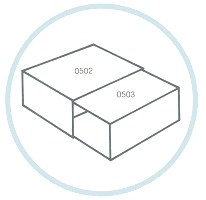
0508

0509
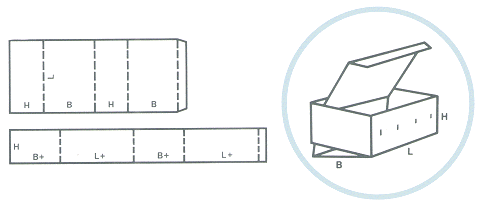
0510
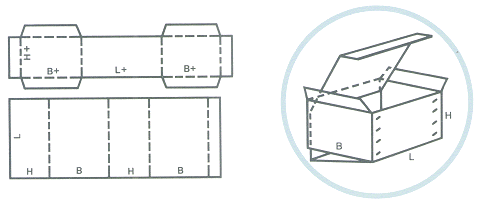
0511
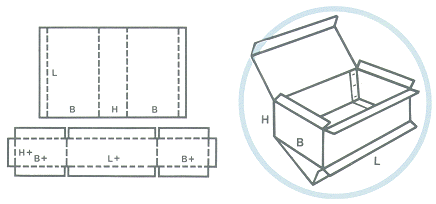
0512
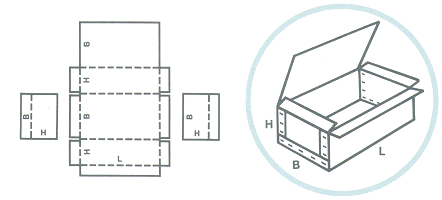
0601
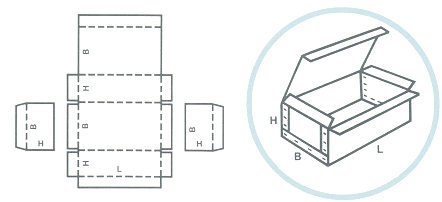
0602
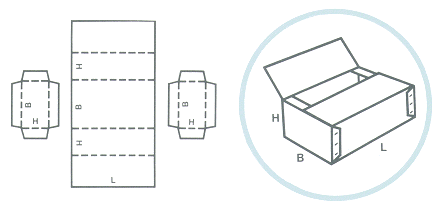
0605
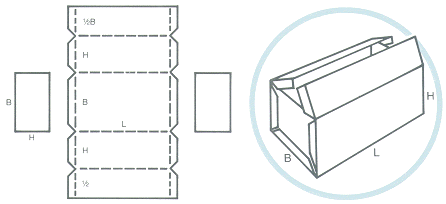
0606
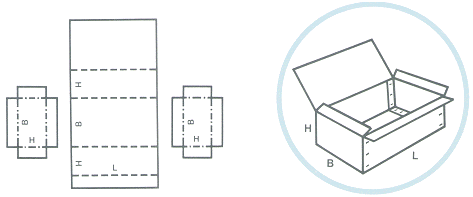
0607
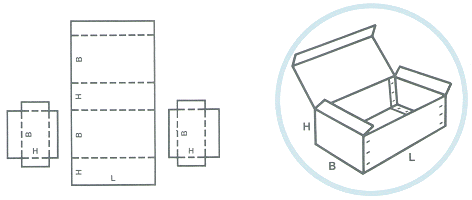
0608
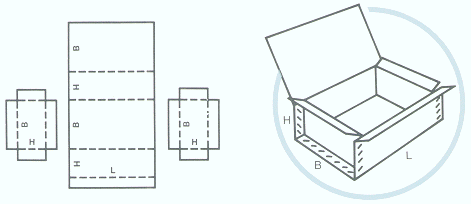
0610
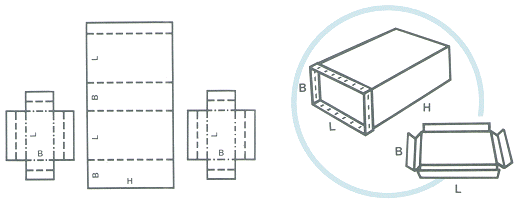
0615
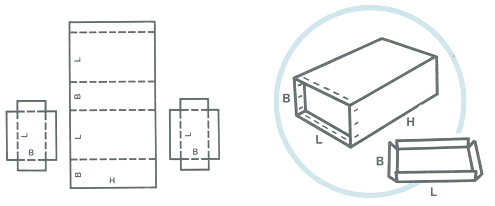
0616
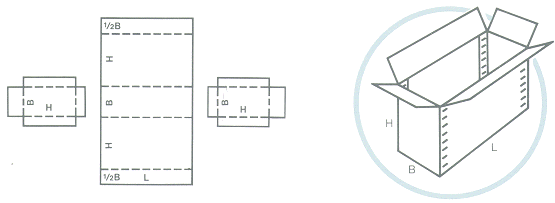
0620
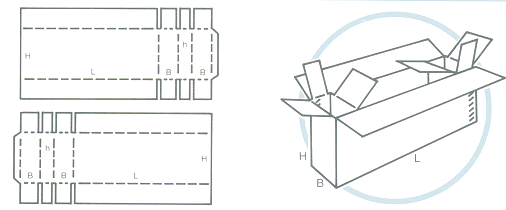
0621
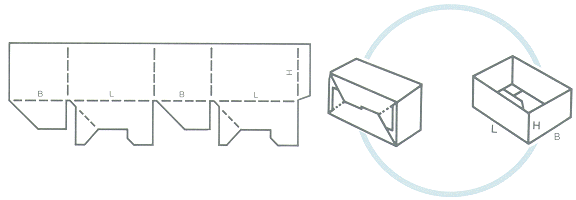
0700
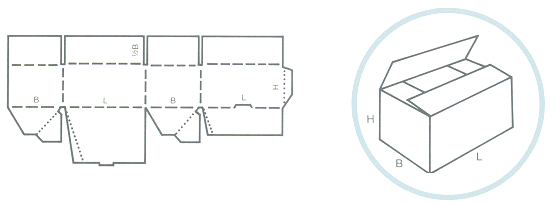
0701
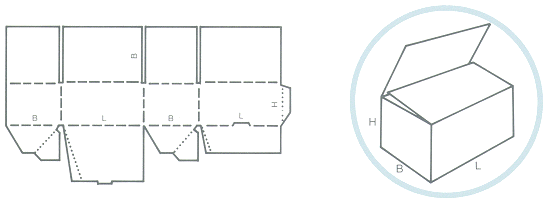
0703
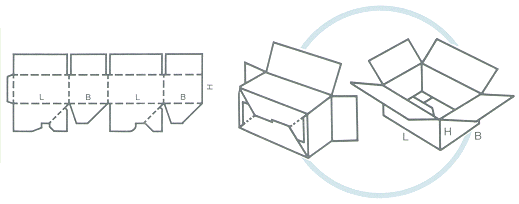
0711
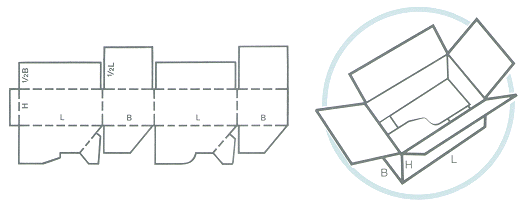
0712
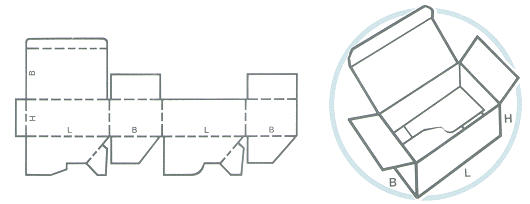
0713
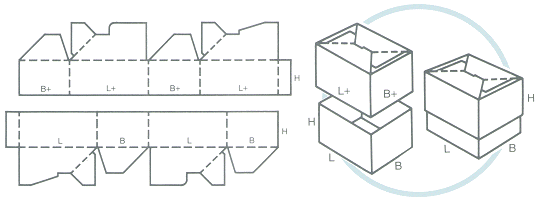
0714
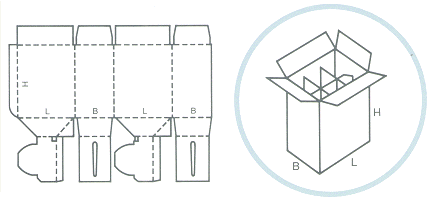
0715
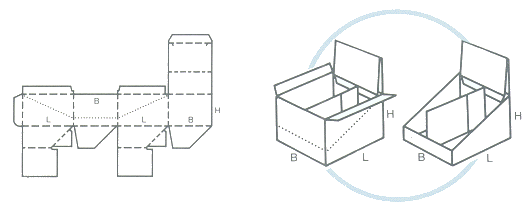
0716

0717
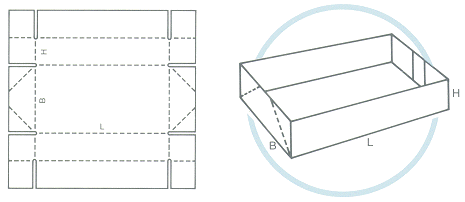
0718
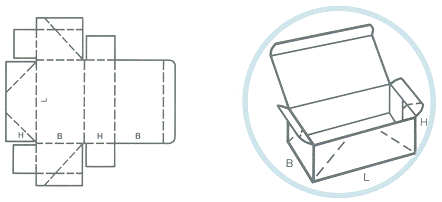
0747
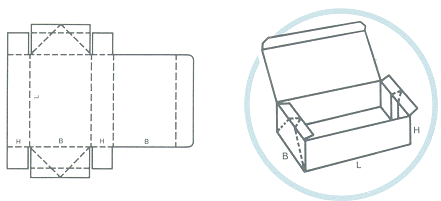
0748
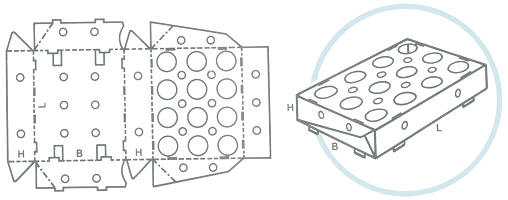
0751
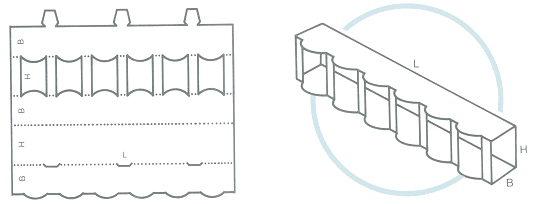
0752
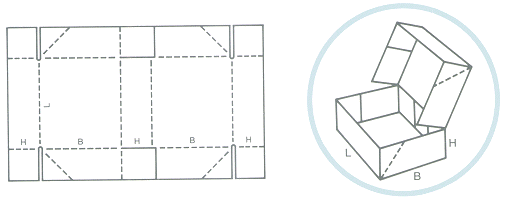
0759
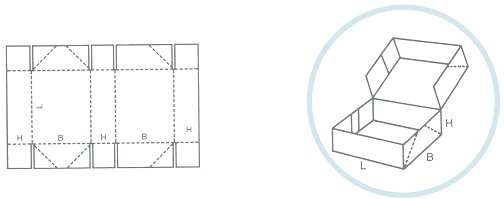
0760
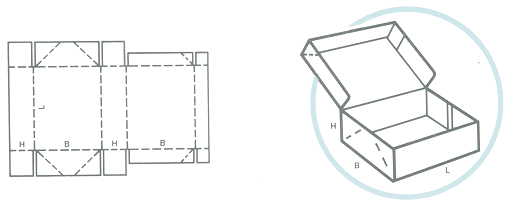
0761

0770
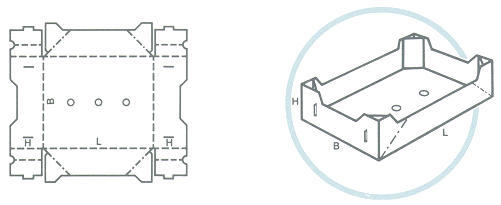
0771
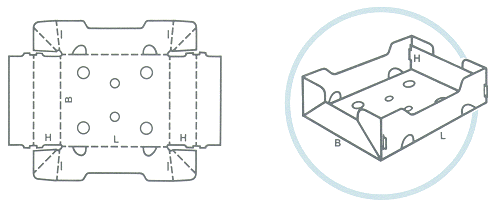
0772
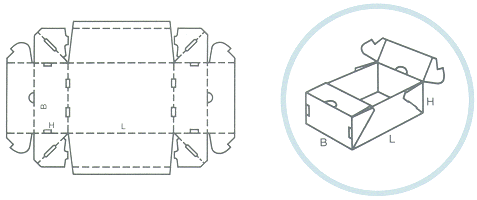
0773
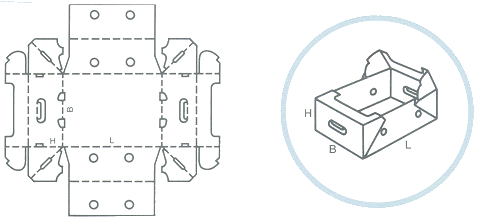
0774
This page contains several additions to the usual FEFCO manual, which are given the "-A" suffix.
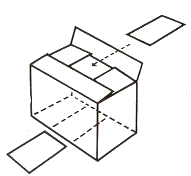
0900

0901
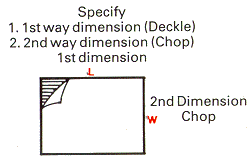
0901

0902

0903
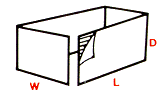
0904

0905

0906

0907

0908

0908-A

0909
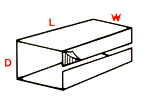
0909-A

0910

0911
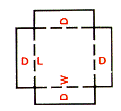
0912

0913
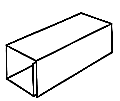
0914
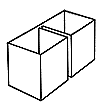
0920

0921

0929

0930

0931
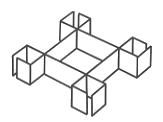
0932

0933

0934

0935

0940

0945

0941

0946

0942

0947

0943

0948

0944

0949

0950

0951
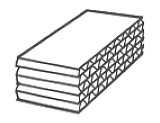
0965
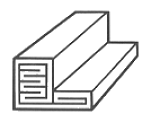
0967
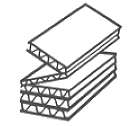
0966

0973

0974

0971

0975

0972

0976
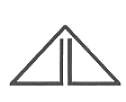
Number of Panels
FEFCO Code
2
0982
3
0983
4
0984
5
0985
6
0986
7
0987
8
0988
9
0989
10
0990
11
0991
12
0992
13
0993
14
0994
15
0995
16
0996
17
0997
18
0998
19
0999
Some Flap Locking Styles
There are many types of flap lock, four of the most common types are shown below:
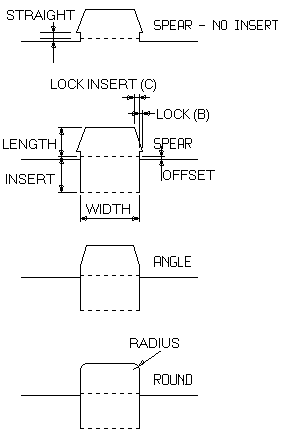
- SPEAR - NO INSERT
- SPEAR
- ANGLE
- ROUND
refer to :
https://zhuanlan.zhihu.com/p/161360259
沒有留言:
張貼留言